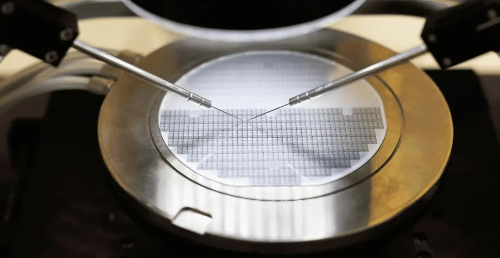Carbides Used in Hardfacing Applications
Introduction
In the demanding environments of industrial machinery and equipment operation, components are often subjected to severe wear and tear. To mitigate this wear and extend the service life of these components, hardfacing welding emerges as a critical process.
Among the myriad of materials employed in hardfacing, carbides stand out for their exceptional hardness and resistance to various forms of wear. This article explores the fundamentals of carbide hardfacing, delves into a comparison of various carbide types, and discusses their application techniques.
Fundamentals of Carbide Hardfacing
--What Is Hardfacing Welding?
Hardfacing welding is a fabrication process that involves applying a layer of wear-resistant material to a substrate or a component's surface. This process is designed to resist abrasion, erosion, impact, and even corrosion, thus significantly enhancing the durability of industrial parts.
Hardfacing can be performed using various welding techniques, including shielded metal arc welding (SMAW), gas tungsten arc welding (GTAW), and plasma transferred arc welding (PTAW), among others.
--Which Hardfacing Materials Do We Have?
The choice of hardfacing material largely depends on the specific wear conditions the component faces. While numerous materials can be used for hardfacing, carbides are particularly valued for their unmatched wear resistance and toughness. Carbides are compounds composed of carbon and a less electronegative element, such as tungsten, chromium, titanium, silicon, and boron, each offering unique properties to the hardfacing application.
Related reading: An Introduction to Hard Facing Materials
Carbide Types in Hardfacing Applications
A detailed comparison of the most commonly used carbides reveals their specific properties and suitability for various industrial applications:
1. Tungsten Carbide (WC)
- Properties: Tungsten carbide boasts one of the highest hardness levels among carbides, coupled with excellent wear resistance. It maintains its strength at high temperatures, making it suitable for extreme conditions.
- Applications: Predominantly used in mining, drilling, and cutting tools. Its exceptional hardness makes it ideal for wear parts that encounter severe abrasion and erosion.
- Suitability: Best for applications requiring extreme wear resistance and durability under high stress.
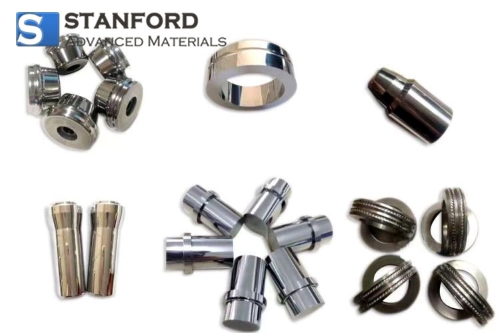
2. Chromium Carbide (Cr3C2)
- Properties: Chromium carbide is renowned for its high resistance to oxidation and its ability to retain much of its strength at elevated temperatures. It offers good wear resistance, particularly against abrasion.
- Applications: Commonly applied in power generation components, aviation parts, and in environments where resistance to high-temperature corrosion and wear is necessary.
- Suitability: Ideal for high-temperature applications where oxidative wear is a concern.
3. Titanium Carbide (TiC)
- Properties: Titanium carbide is characterized by its high melting point and excellent hardness, which is comparable to tungsten carbide. It also offers good resistance to thermal shock.
- Applications: Utilized in tool bits for machining and cutting applications, as well as in wear-resistant coatings that require thermal stability.
- Suitability: Suitable for applications demanding high hardness and resistance to thermal shock.
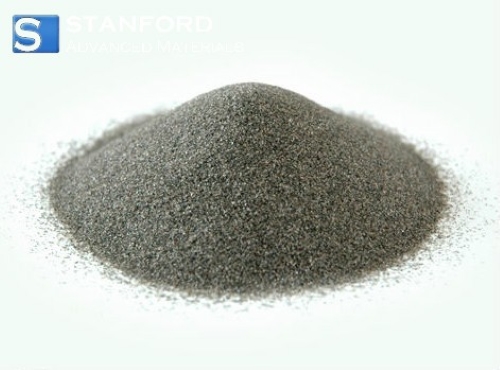
4. Boron Carbide (B4C)
- Properties: Boron carbide stands out for its incredible hardness, only surpassed by diamond and cubic boron nitride. It has a low density, which contributes to its effectiveness in ballistic armor.
- Applications: Employed in abrasive environments for blasting nozzles and in protective gear requiring high impact resistance. Also used in neutron absorption applications in nuclear reactors.
- Suitability: Optimal for applications needing extreme hardness and lightweight protection against high-speed particles.
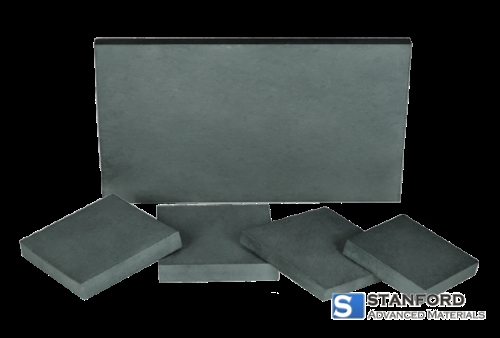
5. Silicon Carbide (SiC)
- Properties: Distinguished by excellent thermal shock resistance, low thermal expansion, and superb thermal conductivity.
- Applications: Ideal for high-temperature applications that also require good abrasion resistance, including semiconductor manufacturing equipment and abrasive environments.
- Suitability: Suitable for scenarios demanding high thermal conductivity and durability in fluctuating temperature conditions.
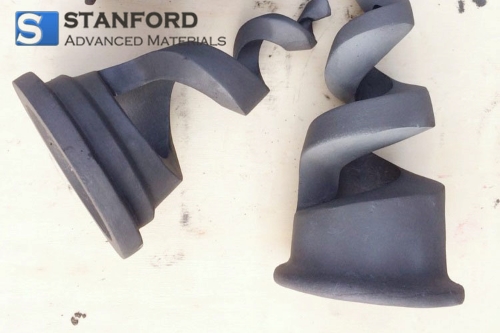
The choice of carbide for hardfacing applications hinges on the specific needs of the application, including wear type (abrasion, erosion, impact), operating temperatures, and environmental conditions.
Tungsten carbide is the go-to for unmatched hardness and wear resistance, chromium carbide excels in oxidative high-temperature scenarios, titanium carbide is preferred for its thermal stability and hardness, and boron carbide is unparalleled for applications requiring extreme hardness with lightweight properties.
Application of Carbide Hardfacing
--How to Produce Carbide Hardfacing?
The application of carbide hardfacing can be achieved through various methods, each suited to different component geometries and operational requirements:
- Welding Overlay: This traditional method involves melting the carbide material onto the substrate using welding techniques. It provides a durable bond and is versatile across different component sizes and shapes.
- Thermal Spraying: Carbide particles are heated to a molten or semi-molten state and sprayed onto the substrate. This method is beneficial for applying thick coatings without significantly heating the substrate.
- Laser Cladding: Utilizing a high-powered laser to melt the surface of the substrate along with the carbide material, laser cladding offers precision and minimal dilution, resulting in a high-quality coating.
--What Is Carbide Hardfacing Used for?
Carbide hardfacing finds applications across numerous sectors to enhance the durability and longevity of machinery components exposed to harsh wear conditions. Key fields include:
In the mining and construction industry, it enhances the wear resistance of drilling bits and excavator teeth. In the oil and gas sector, it is used to protect drilling tools and valves from abrasive fluids. Manufacturing benefits from carbide hardfaced cutting tools, dies, and molds that maintain their integrity over extended use.
Conclusion
Carbide hardfacing technique significantly contributes to the longevity and efficiency of industrial components exposed to harsh wear conditions. As technology advances, the role of carbides in hardfacing applications continues to evolve, promising even greater durability and performance enhancements for industrial machinery.
Stanford Advanced Materials (SAM) specializes in supplying a wide array of carbide powders used in multiple industries. Whether it's for hardfacing applications, cutting tools, wear-resistant coatings, or advanced ceramics, SAM provides tailored solutions that enhance performance and durability. Their comprehensive selection includes tungsten carbide, silicon carbide, titanium carbide, and more. Send us an inquiry if you are interested.



